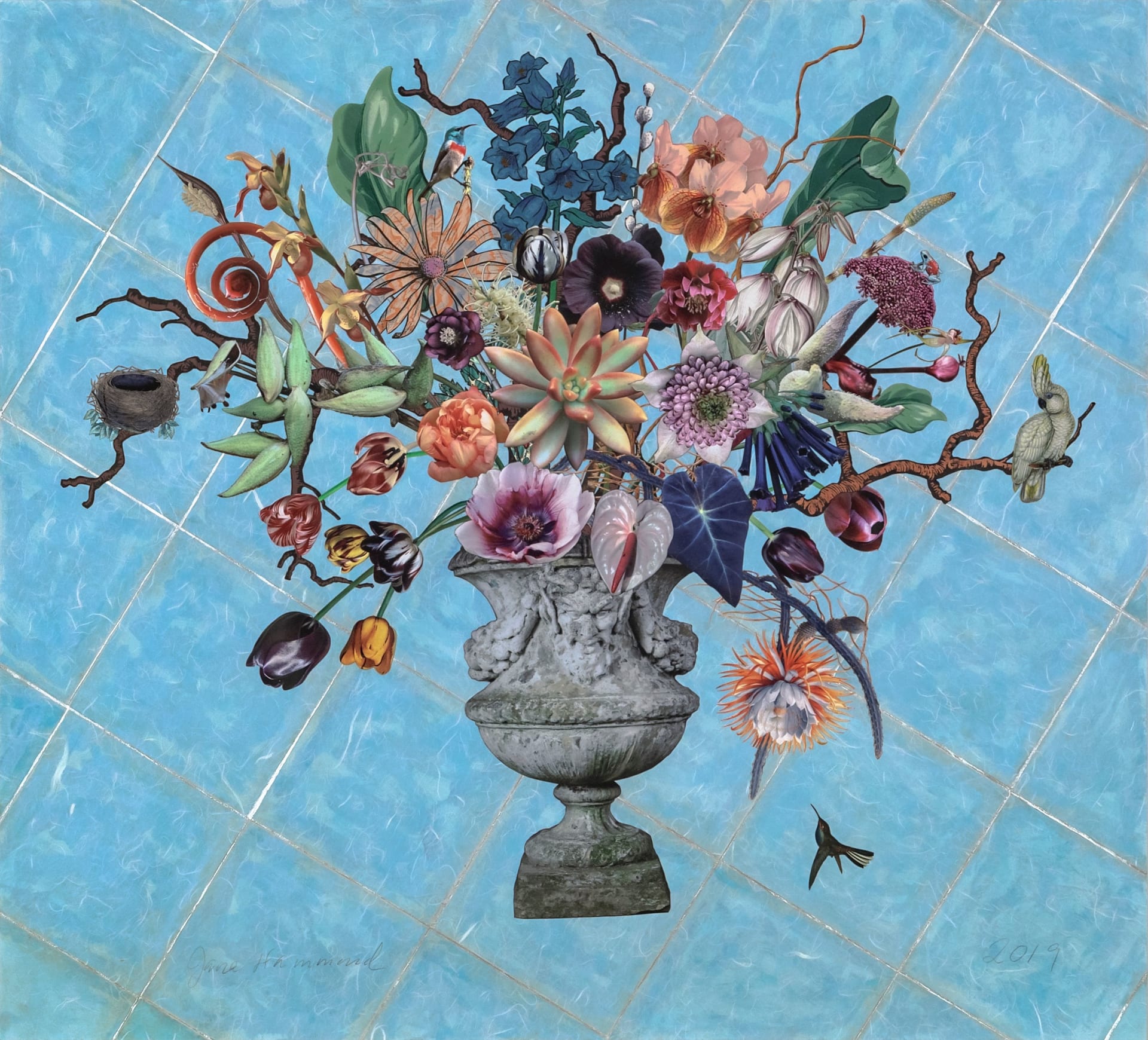By January, we’ve had enough of hygge, log fires and long evenings in front of the telly. Vitamin D levels are low, spirits are lower and the family is climbing the walls. So throw everyone outdoors at every opportunity. Face into the wind, relish the rain pattering on your hood, and delight in those moments when the air is crisp and the sunlight sparkles on the frosty landscape.
Buckinghamshire
Hughenden Woodcock Walk (nr High Wycombe)
At Hughenden, the Woodcock Wood walk is a short 1.2m stroll through woodland. There’s lots of holly and yew, so there’s colour in winter. As you pass through the gate into the sloping fields, you’ll see far-reaching views across the valley. You might see red kites or kestrels soaring in the sky above. And as you pass into the farmer’s field you might see wrens, finches or yellow hammers darting in and out of the hedgerow on your right. The way back to the car park is along the Coffin Path – an ancient road used for transporting the parishioners of Naphill on their final journey to the church at Hughenden. Don’t forget to head down to the tea room afterwards for cake and hot chocolate.
Normal admission (free for National Trust members)
Not suitable for buggies or wheelchairs
Dogs welcome
Cafe
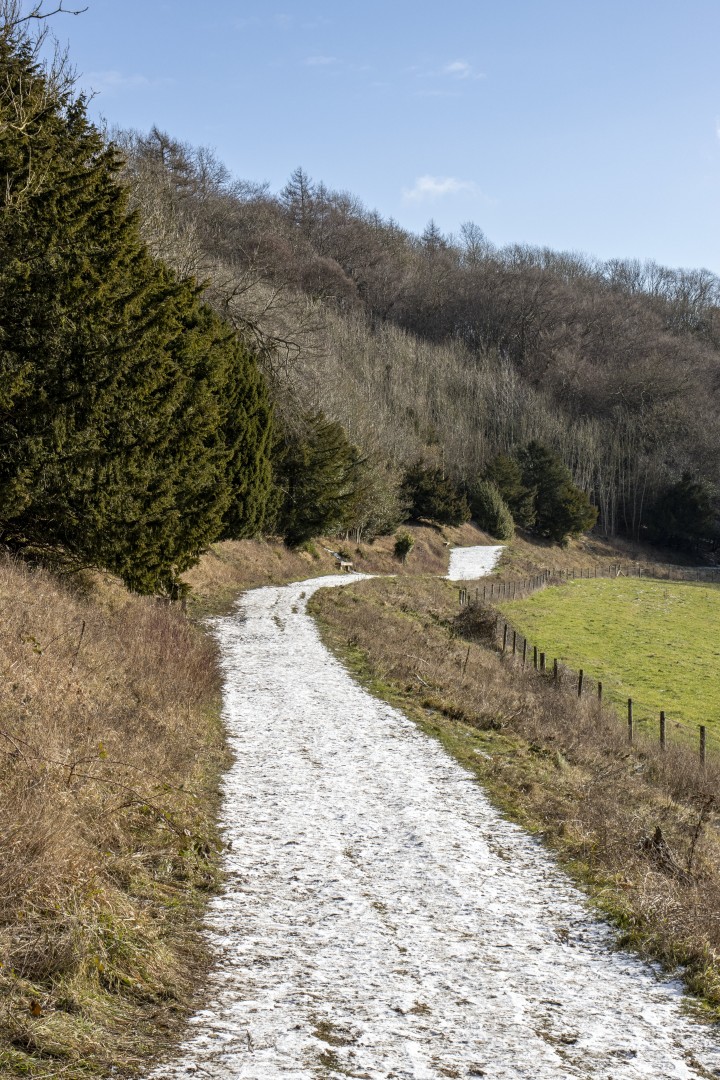
Stowe Lakeside walk (nr Buckingham)
There are lots of bridges to trip-trap over on Stowe’s short 1.2m Lakeside Walk. The first is the elegant arc of the white wooden bridge, installed in 2011. The next is the Palladian bridge – one of only three in the country and the only one with no steps so that carriages can cross it. You’ll head on past the Temple of Friendship where buddies can renew their bond, then on to the Pebble Alcove where children love to run their fingers over the mosaic pattern.
Normal admission (free to members)
Wheelchair and buggy-friendly
Dogs on leads welcome
Cafe
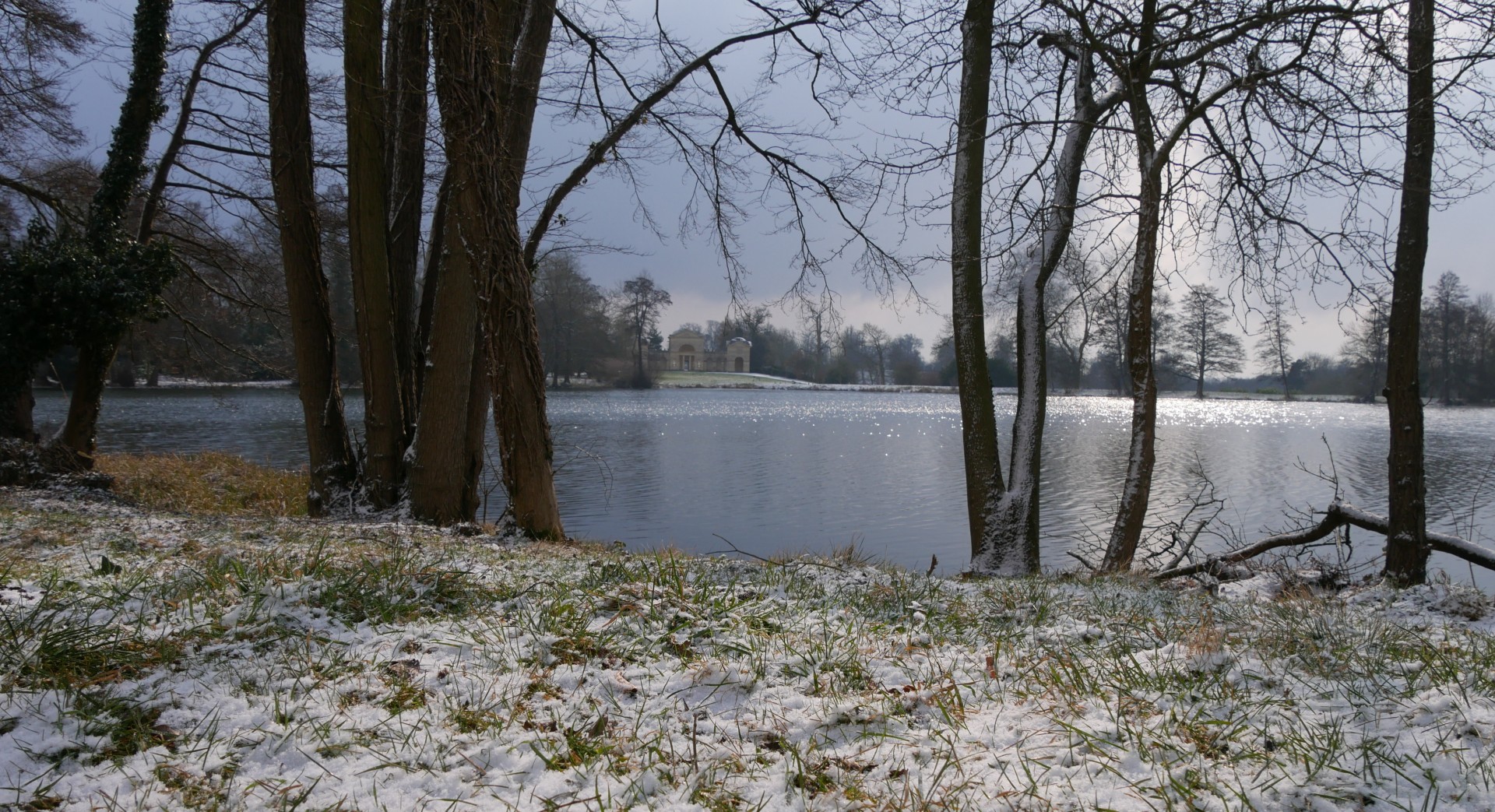
Watlington Hill short walk
This 1.5m walk at Watlington Hill is on the Bucks/Ox border, just off the M40 at Stokenchurch. Watlington Hill is on the Chiltern escarpment and it’s a great spot to see birds of prey like buzzards, kestrels and sparrowhawks hunting the grassland. The views over the Oxfordshire vale go on for miles. Off the edge of the hill, silhouetted against the sky, you’ll see the red kites and even ravens tumbling and sweeping on the thermals in extraordinary air displays.
Free entry, Pay and display car park (no charge to members)
Not suitable for buggies or wheelchairs
Dogs welcome
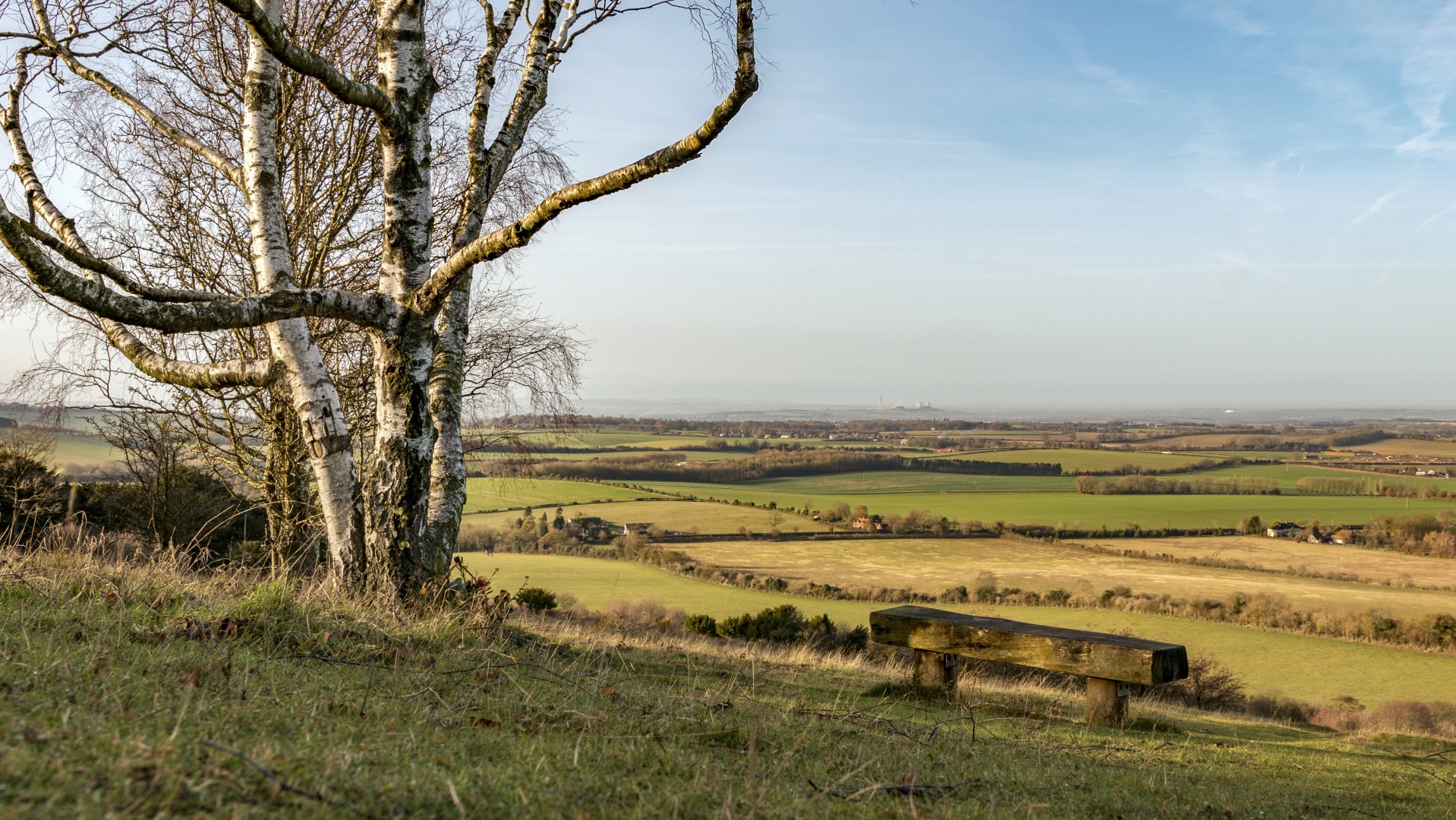
Berkshire
Basildon Park (nr Reading)
There are four way-marked walks at Basildon Park, from half a mile to three miles long. As you weave in and out of the trees, you get regular views across the parkland back to the house, so it’s easy to orient yourself. On a winter walk the evergreens come into their own with yew trees and cedars providing much-needed splashes of green. You might see robins and wrens and even a tawny owl sweeping on silent wings across the parkland.
Normal admission (free to members)
Suitable for off-roader buggies if it’s dry
Dogs welcome
Cafe
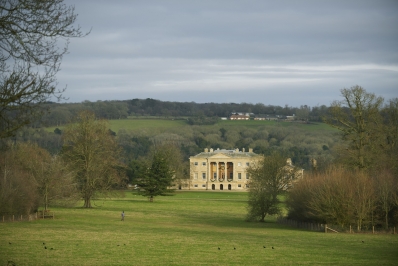
Runnymede (nr Windsor)
Runnymede is famous as the site of the sealing of the Magna Carta 800 years ago, the first step on the road to modern democracy. Today it’s home to a series of memorials and artworks in the landscape. There are waymarked walking routes and a site map on the noticeboard, but it’s easy to see the path most people take. It’s also right next to a busy stretch of the River Thames, perfect for boat-watching.
Free entry, pay and display car park (no charge to members)
Buggies and wheelchairs if it’s dry
Dogs welcome
Cafe
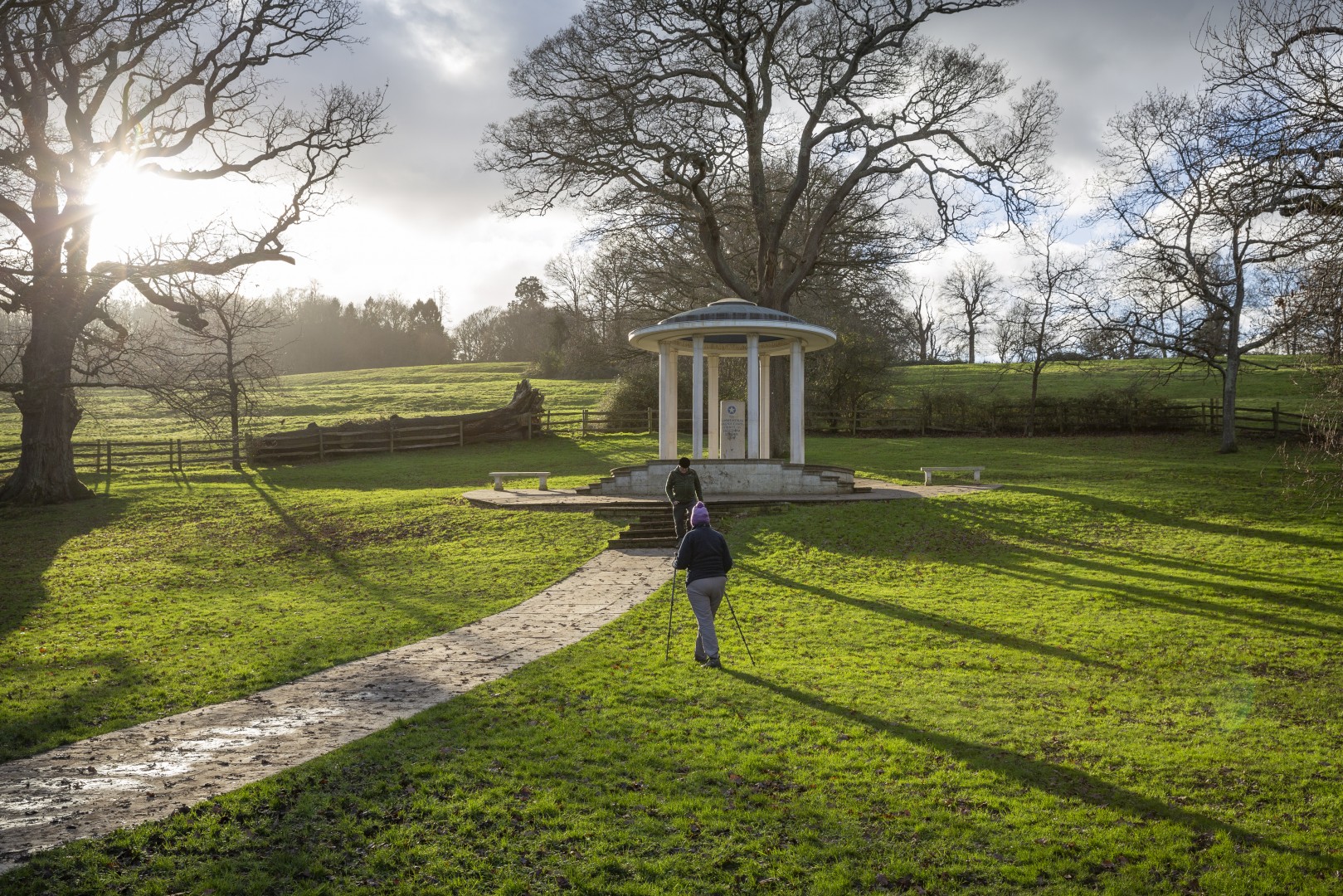
Maidenhead and Cookham Commons’ Wind in the Willows walk (nr Cookham)
This three mile walk goes through the attractive, unspoilt village of Cookham Dean along quiet country lanes, across common land, farmland and woodland. The route passes the boyhood home of Kenneth Grahame, author of The Wind in the Willows and you can look out for Badger, Ratty and Toad as you continue through Quarry and Fultness Woods, which were the inspiration for the Wild Wood of the book.
Free entry
Not suitable for buggies or wheelchairs
Dogs welcome
Pubs en route
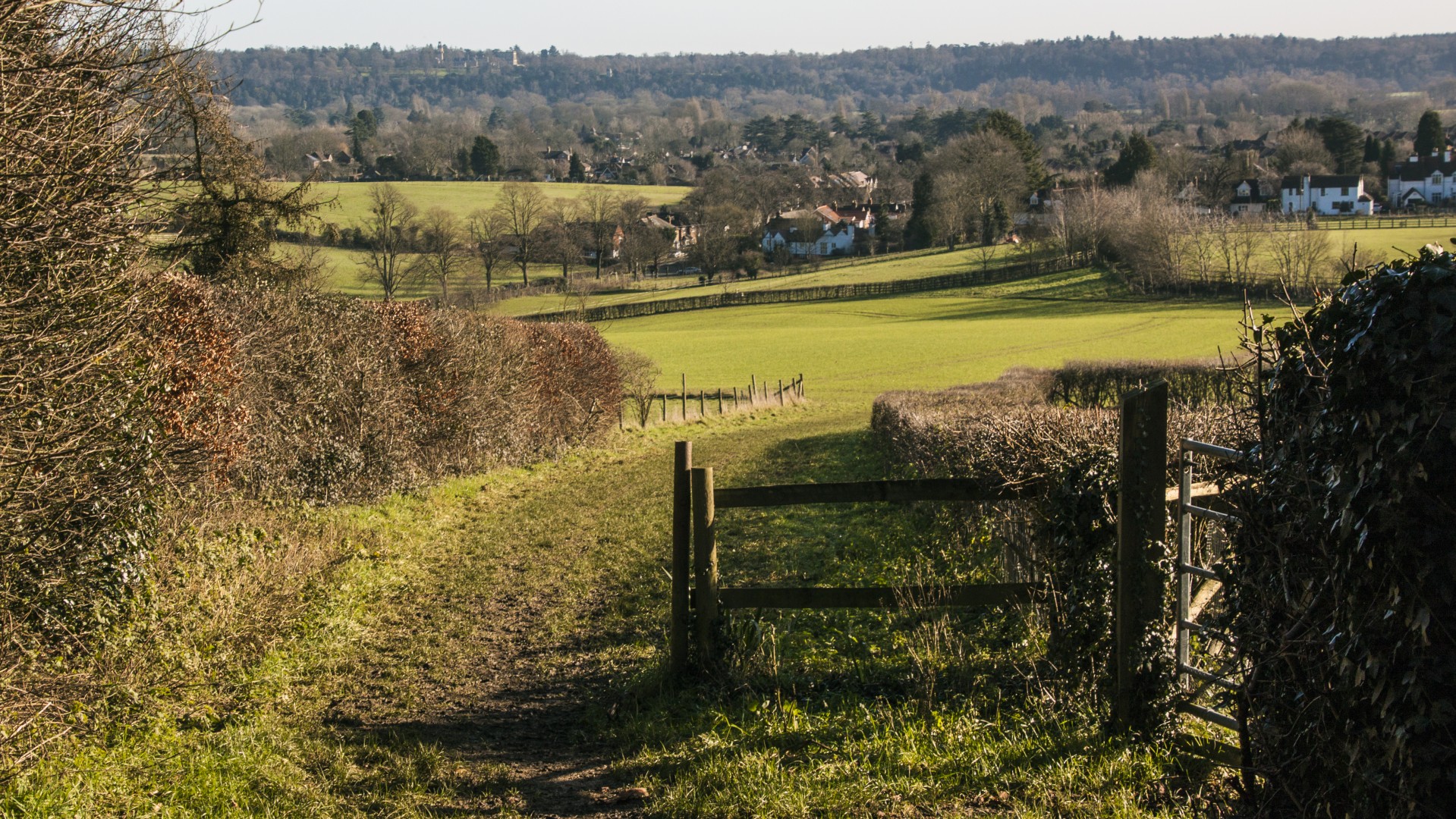
Oxfordshire
Greys Court Estate Walk (nr Henley-on-Thames)
This two mile walk is easily followed as it’s waymarked by red arrows. You can ask at visitor reception where to start. You’ll walk through woodland with bronze beech leaves still clinging on to branches, ancient gnarled oaks and cherry trees. Look out for veteran trees with broken branches and holes where birds, squirrels and dormice might be nesting. Children enjoy running up and down the steep sides of the lumps and bumps of saw pits or chalk extraction, and balance-walking on fallen logs.
Normal admission (free to National Trust members)
Not suitable for buggies or wheelchairs
Dogs welcome on leads
Cafe
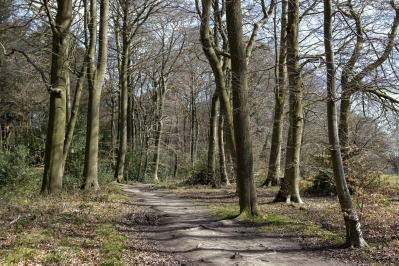
White Horse Hill (at Uffington, between Ashbury and Wantage)
The walk up the hill to the White Horse is not far, but quite steep. It’s aided by an exhilarating wind and stunning views across seven counties.
Free entry, Pay and display car park (no charge to members)
Not suitable for buggies and wheelchairs
Dogs welcome
Cafe
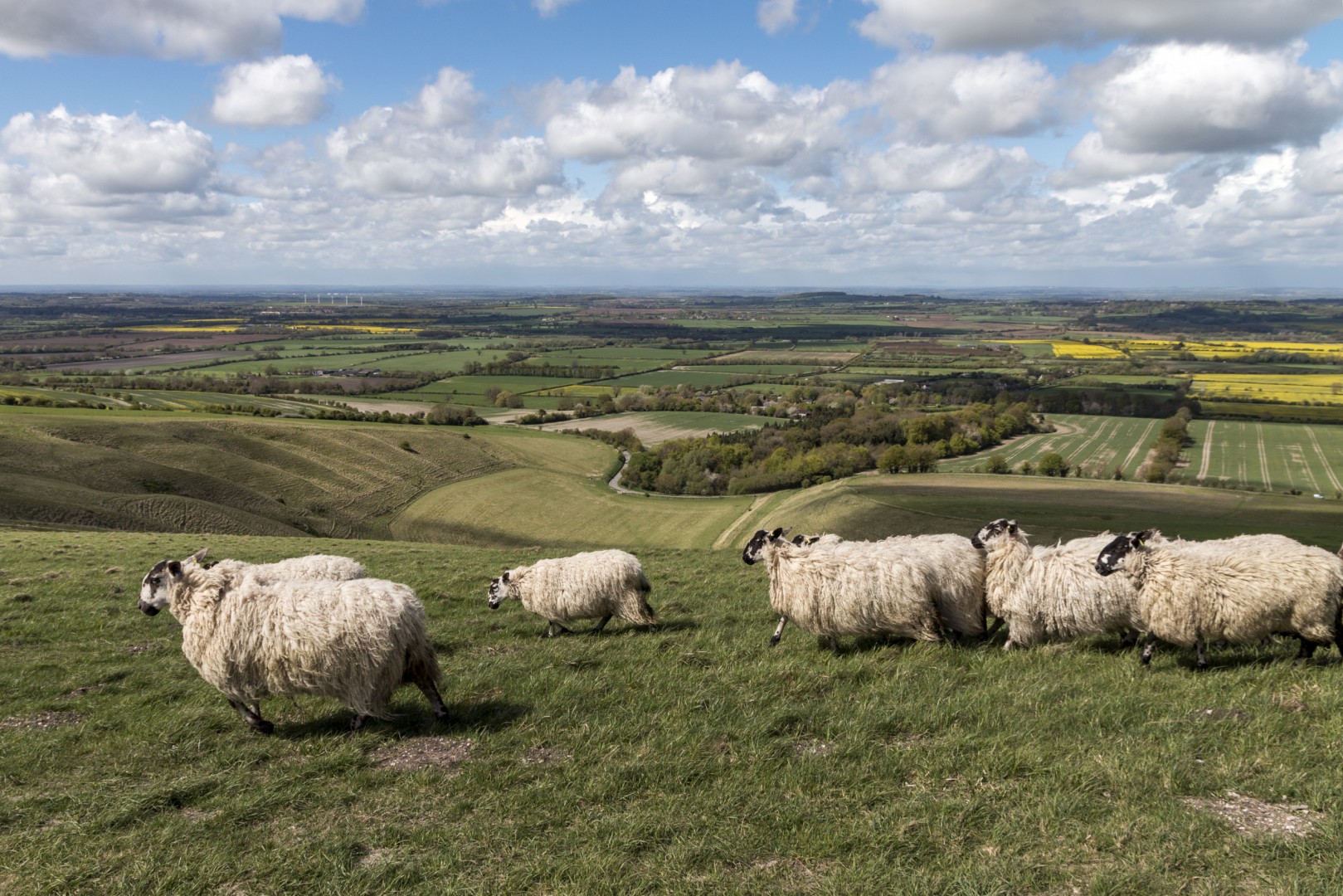
Buscot bridge, weir and wharf (nr Faringdon)
The walk follows a section of the Thames path near its source for around three miles. It starts in the pretty village of Buscot and crosses the smallest lock on the River Thames. You pass two Second World War bunkers and a Wharf built by Edward Loveden in the late 18th century when the estate was at a prosperous high point. It was used for transporting cheese to London and coal back from London to the estate.
There are lots of large and little wooden bridges to cross, farmland and lovely riverside views. Look out for kingfishers, otters and kites near the weir.
Free entry, pay and display car park (no charge to members)
Not suitable for buggies or wheelchairs
Dogs welcome
Café at Buscot village (not NT)
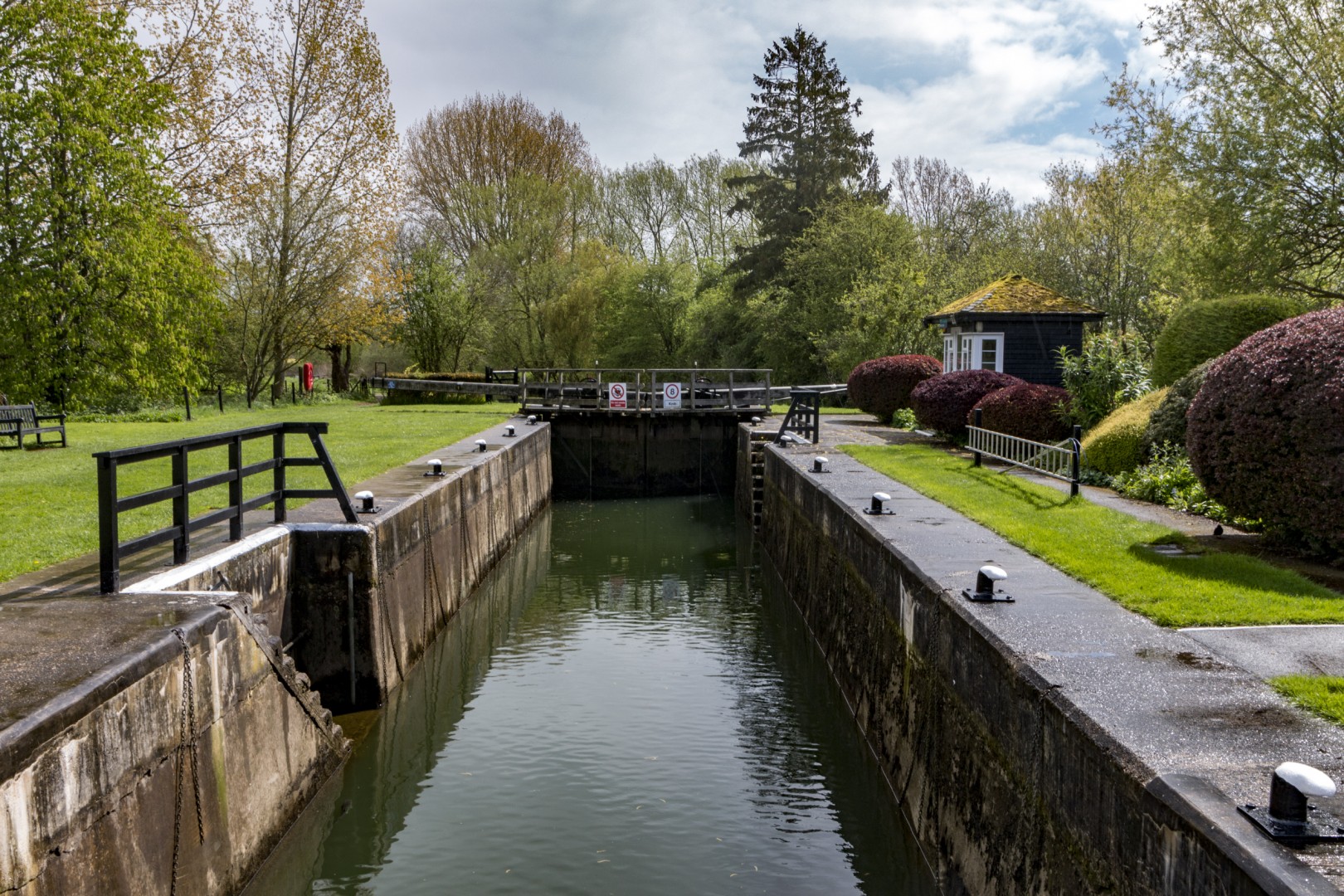
For more outdoors inspiration visit nationaltrust.org.uk
About the National Trust
The National Trust is a conservation charity founded in 1895 by Octavia Hill, Sir Robert Hunter and Hardwicke Rawnsley, who saw the importance of the nation's heritage and open spaces and wanted to preserve them for everyone to enjoy. Today, across England, Wales and Northern Ireland, we continue to look after places so people and nature can thrive.
Entirely independent of Government, the National Trust cares for more than 250,000 hectares of countryside, 780 miles of coastline and 500 historic properties, gardens and nature reserves.

